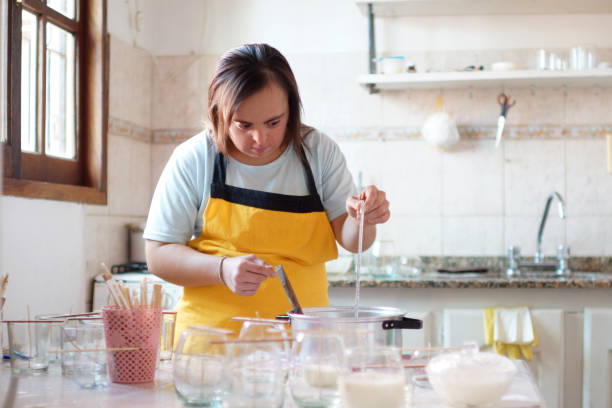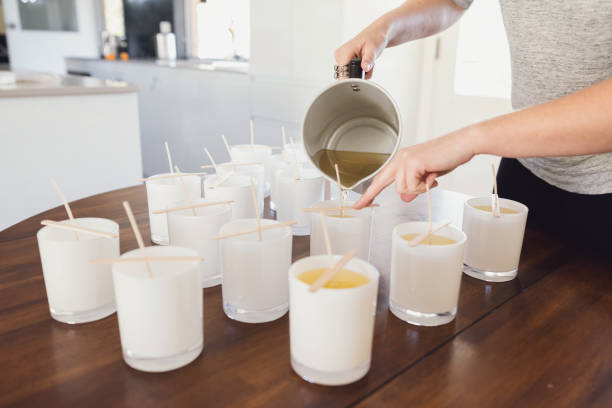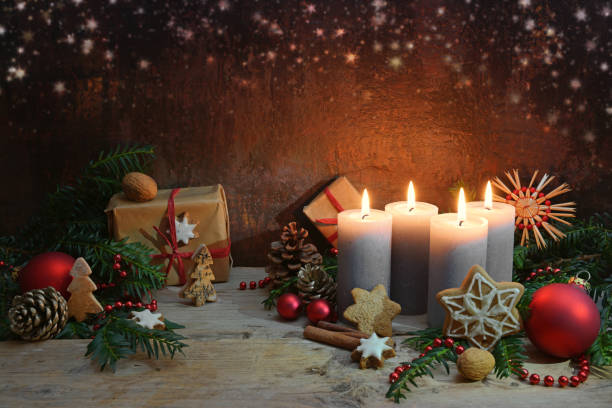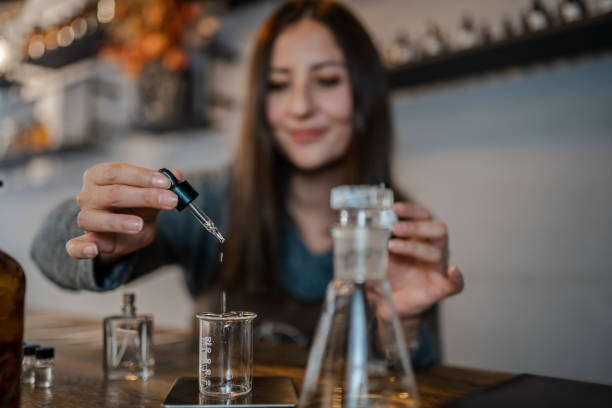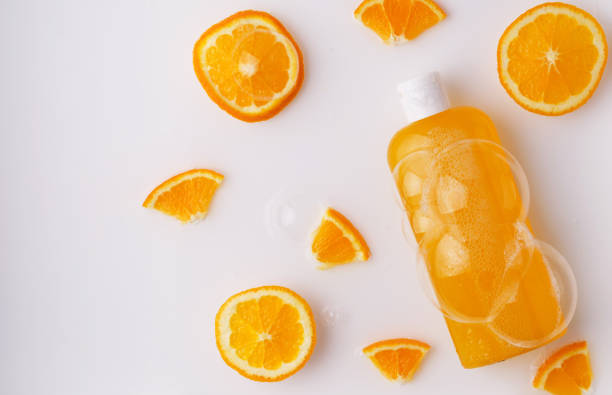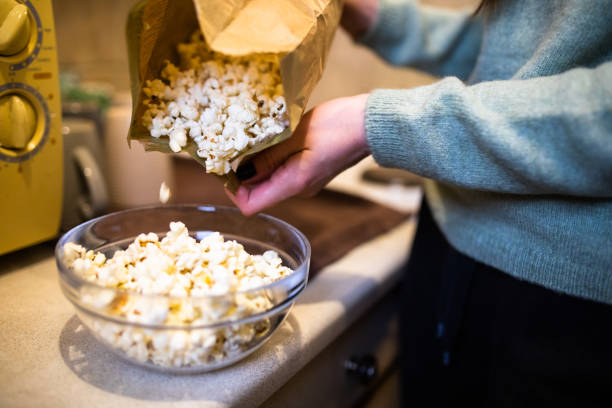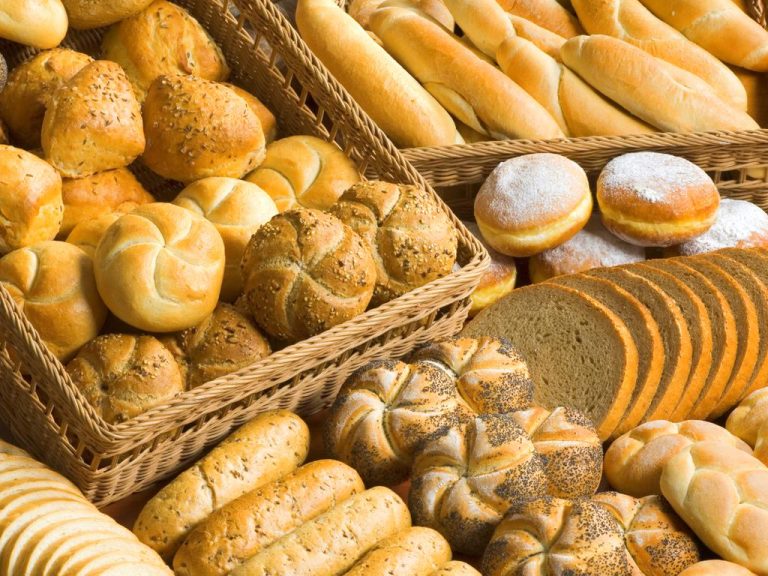Good potting soil is a prerequisite for beautiful, healthy plants. We will show you how you can easily create good soil for your plants yourself.
There are different types of soil; include garden soil, blind soil, vegetable soil, and potting soil. Appearances are often deceptive because the quality of purchased soil is very important so that the plants can thrive at all. It is best to make your own nutrient-rich soil.
Benefits of homemade potting soil
Unlike commercial soil, you are not dealing with an industrial mass-produced product, but with a carefully selected mass. It goes without saying that your own soil will benefit the plants. They grow better, have less to do with pests, and appear healthier all around. Because the soil contains more nutrients, you naturally need less fertilizer. However, homemade potting soil can be excellently supplemented with home remedies such as plant fertilizer.
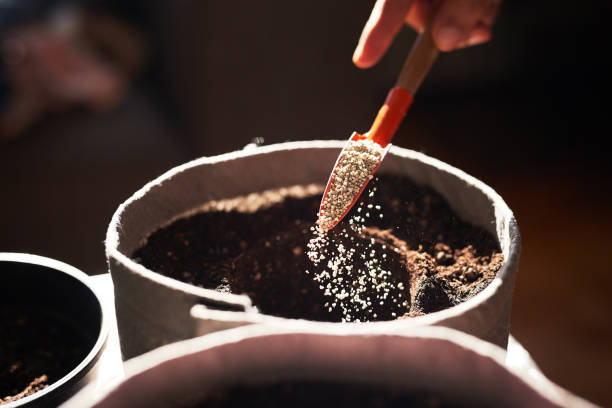
What has to go into the ground
There are many different types of potting soil. In general, compost, sand, and leaf soil are suitable for potting soil. In addition, coconut fibers, humus bricks, garden soil, vermiculite, perlite, horn shavings, or cornmeal can work wonders. In general, it can be said that homemade soil consists of different components. You always need a base. For example, garden soil or coconut fibers. In addition, you always need nutrients, e.g. B. Compost. And possibly something for the water capacity and loosening. Vermiculite or perlite are used for this.
1) The universal soil for almost all plants
The all-around soil is well suited to supply plants with nutrients for a longer period of time. It is versatile and has a good structure and good water drainage. What you need for this earth:
- 2/9 compost
- 5/9 garden soil
- 2/9 sand
In addition to suitable soil, you should also pay attention to the correct watering of your plants. Because there are a few things to keep in mind.
2) Acidic soil is suitable for heather and bog plants
This soil is also called azalea soil and is particularly suitable for heather and bog plants, i.e. for plants that need acidic soil. Also almost all softwoods, as well as z. B. Rhododendrons need such soil. What you need for this:
- 2/4 compost
- 1/4 sand
- 1/4 leaf soil
3) A special herbal soil with many nutrients
This very lean mixture is also known as light soil. It is ideal for plants that hardly tolerate nutrients, as this soil hardly contains any. For this you need:
- each 2/6 coconut fibers, garden soil, and sand
- add 1/6 crushed lime if necessary (for Mediterranean herbs).
4) The perfect soil for fresh tomatoes
As with the other soil mixtures, you should pay attention to the required PH value of the plant so that it can grow well. Tomatoes do best in slightly acidic to almost neutral soil. The following components are good for this:
- 1.5/10 earth
- 4/10 perlite
- 1/10 hummus
- 1/10 sand
- 2.5/10 compost
5) Production of own rose soil
Roses grow in a neutral to a slightly acidic environment. You should also pay attention to how you then plant the roses correctly. The soil must not be too acidic under any circumstances, so you need the following to make the rose soil:
- garden soil
- compost
- sand
- Fertilizer mixture made from rotted cattle manure
- horn shavings
- bedrock meal
6) The right potting soil for cacti (substrate)
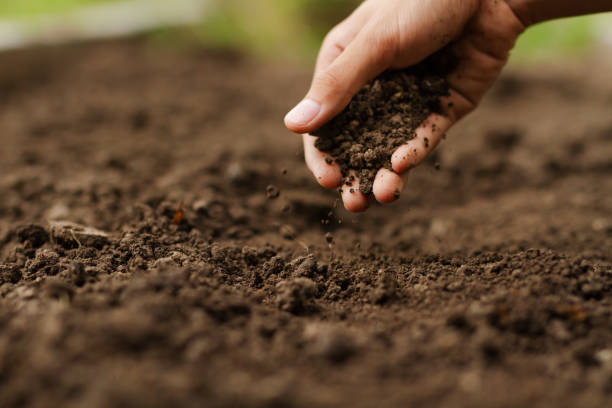
A special potting soil is required for cacti. The same applies to succulents (succulent plants). These plants have adapted to special climate and soil conditions. For this, you need soil with more mineral substances, for example with more sand and clay as components. This also includes the actual place where cacti normally grow, deserts. These are characterized by dryness and sandy soil.
You should therefore pay attention to their natural proportions when producing cactus soil. You only need the following ingredients to make it:
- coarse sand
- peat
- Clay
- humus soil
7) Make garden soil with Bokashi
Bokashi comes from Japanese and describes a process in which organic material is fermented by adding effective microorganisms. You can then use the resulting compost for your potting soil, as it is great as a liquid fertilizer. Soil mixtures can also work wonders in other areas. The healing earth helps you as an effective home remedy, for example, to eliminate facial blemishes, but also complaints such as flatulence and with a diet.



